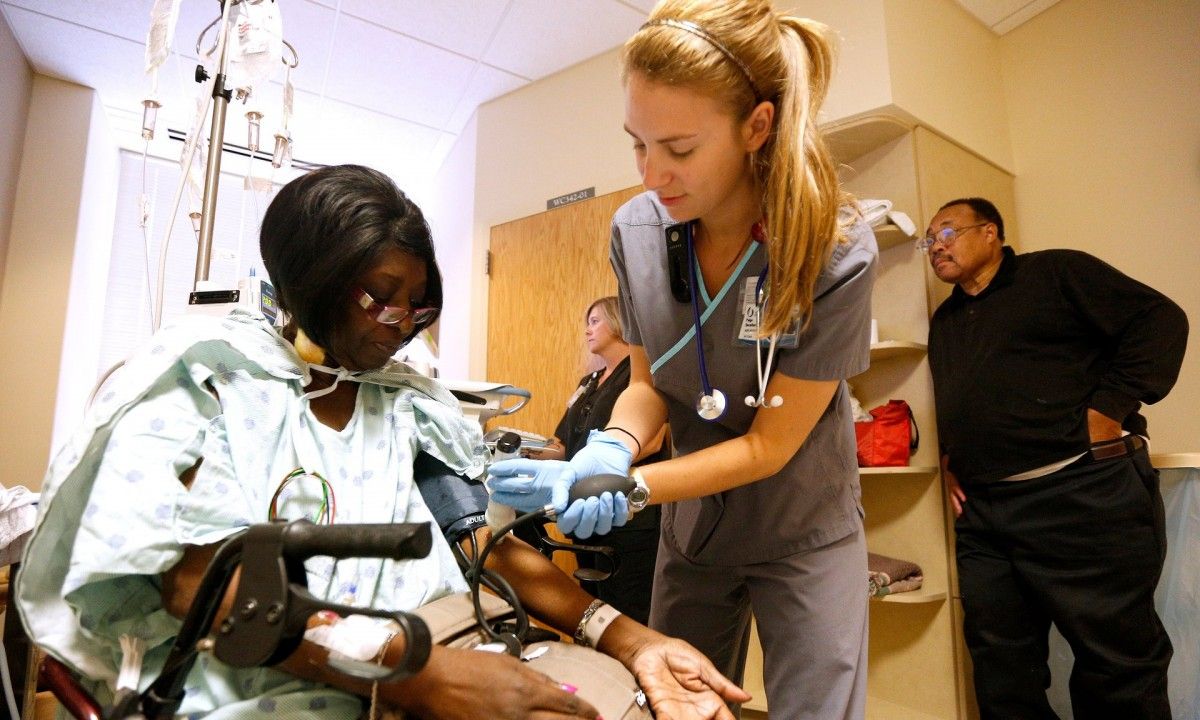A group of more than 2,000 physicians is calling for the establishment of a universal government-run health system in the US, in a paper in the American Journal of Public Health.
According to the proposal released Thursday, the Affordable Care Act did not go far enough in removing barriers to healthcare access. The physicians’ bold plan calls for implementing a single-payer system similar to Canada’s, called the National Health Program, that would guarantee all residents healthcare.
The new single-payer system would be funded mostly by existing US government funding. The physicians point out that the US government already pays for two-thirds of all healthcare spending in the US, and a single-payer system would cut down on administrative costs, so a transition to a single-payer system would not require significant additional spending.









